Home>Furniture & Design>Interior Design Trends>What Are Urns
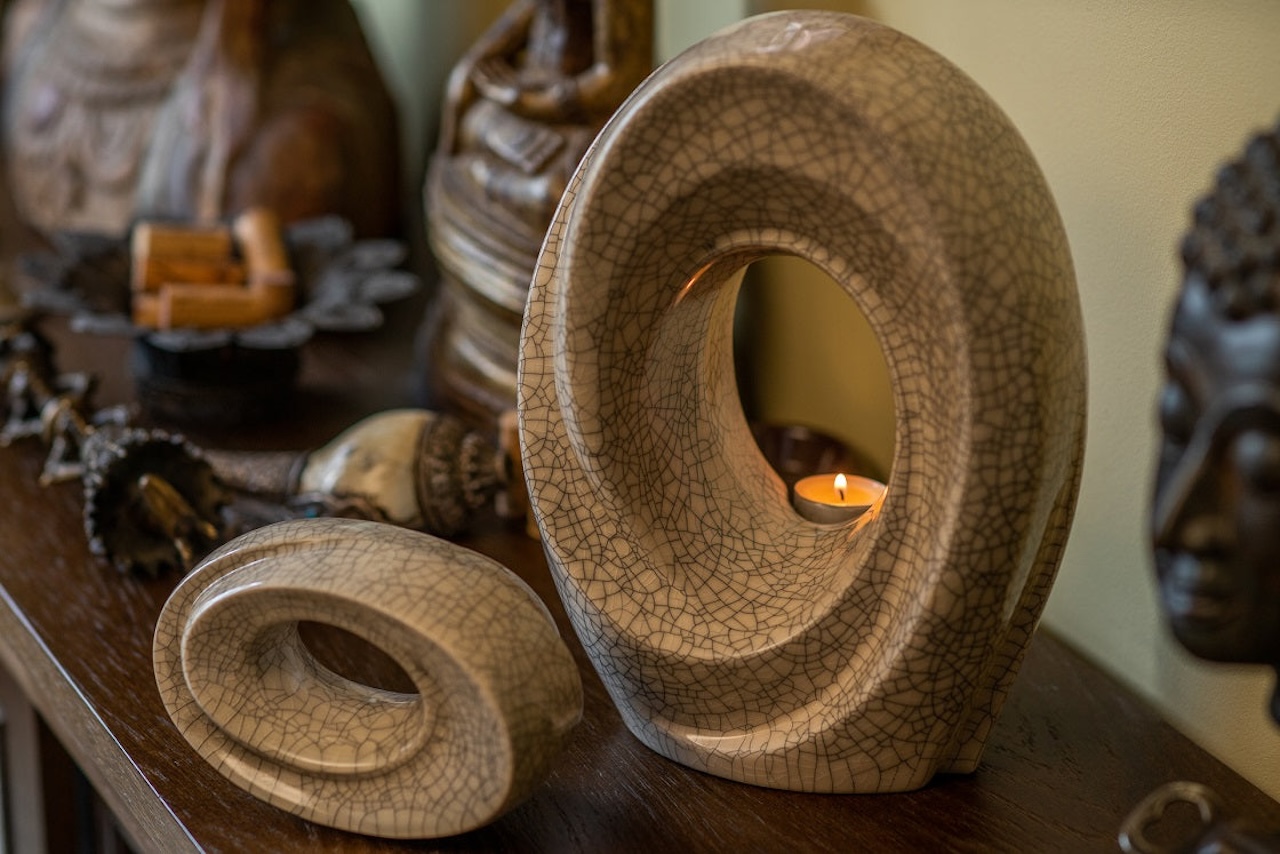

Interior Design Trends
What Are Urns
Modified: February 18, 2024
Discover the latest interior design trends for urns and elevate your space with stylish and functional decor. Explore unique urn designs and find inspiration for your home. Unlock the potential of urns in interior design.
(Many of the links in this article redirect to a specific reviewed product. Your purchase of these products through affiliate links helps to generate commission for Storables.com, at no extra cost. Learn more)
Introduction
When it comes to interior design, every detail counts. From the furniture to the color scheme, each element plays a crucial role in shaping the overall ambiance of a space. Among these details, decorative urns stand out as timeless and versatile pieces that can elevate the aesthetic appeal of any room.
Urns have a rich history dating back to ancient civilizations, where they were used for various purposes, including storing precious items and honoring the departed. Today, these elegant vessels continue to captivate interior design enthusiasts and art connoisseurs alike, serving as both functional containers and exquisite decorative accents.
In this comprehensive guide, we will delve into the fascinating world of urns, exploring their historical significance, diverse types, practical uses, and essential considerations for selecting the perfect urn to complement your living space. Whether you are drawn to classic elegance, modern sophistication, or eclectic charm, understanding the art of incorporating urns into your interior design will undoubtedly inspire and enrich your home decor endeavors. So, let's embark on a captivating journey through the allure of urns and discover how these remarkable artifacts can infuse your living space with timeless beauty and cultural resonance.
Key Takeaways:
- Urns are timeless and versatile interior design pieces with rich historical significance, serving as both functional containers and exquisite decorative accents, adding timeless elegance to any room.
- From classical elegance to modern sophistication, urns come in various types, materials, and designs, each carrying its own narrative and cultural resonance, offering a seamless fusion of history and innovation in interior decor.
Read more: What Are Urns Made Out Of
History of Urns
The history of urns is a tapestry woven with cultural significance, artistic expression, and practical utility. Dating back to ancient civilizations such as the Greeks, Romans, and Egyptians, urns have played a pivotal role in human history, serving as vessels for storing precious oils, perfumes, and the remains of the deceased. The word “urn” itself derives from the Latin term “urna,” which originally referred to a vessel for storing ashes.
Ancient Greek urns, particularly those crafted during the Geometric and Classical periods, are renowned for their exquisite artistry and storytelling capabilities. These urns often featured intricate depictions of mythological scenes, everyday life, and historical events, serving as both functional containers and artistic canvases that preserved the narratives of a bygone era.
During the Roman Empire, urns took on a dual purpose, being utilized for practical storage as well as for ceremonial and funerary rites. The Romans crafted ornate funerary urns to house the cremated remains of the deceased, honoring their memory and legacy. These urns were often adorned with elaborate motifs and inscriptions, reflecting the cultural and religious beliefs of the time.
Furthermore, the Egyptians also held urns in high regard, employing them in the embalming and mummification processes as vessels for storing organs removed during the preservation of the deceased. These canopic jars, a form of urn, held great significance in ancient Egyptian funerary practices, symbolizing protection and the preservation of life beyond death.
As the centuries unfolded, urns continued to evolve in design and purpose, transcending cultural boundaries and leaving an indelible mark on art, architecture, and interior design. Today, the legacy of these ancient urns endures, with contemporary iterations blending modern aesthetics with echoes of tradition, offering a seamless fusion of history and innovation in the realm of interior decor.
Types of Urns
Urns come in a diverse array of styles, materials, and designs, each exuding its own unique charm and character. From classic to contemporary, the range of urn types available caters to a myriad of preferences and interior design motifs. Here are some notable types of urns that have left an indelible mark on the world of interior decor:
- Classical Urns: Inspired by the timeless elegance of ancient Greek and Roman designs, classical urns often feature graceful curves, intricate relief patterns, and a sense of grandeur. Crafted from materials such as marble, bronze, or ceramic, these urns exude a dignified and regal aura, making them ideal focal points for traditional and neoclassical interiors.
- Modernist Urns: Embracing sleek lines, minimalist forms, and avant-garde materials, modernist urns offer a contemporary twist on this timeless vessel. From glass and stainless steel to abstract shapes and bold colors, these urns cater to those with a penchant for cutting-edge design and progressive aesthetics, seamlessly integrating into modern and minimalist interior schemes.
- Rustic Urns: Infused with the warmth of natural materials and earthy tones, rustic urns evoke a sense of pastoral charm and organic beauty. Crafted from wood, terracotta, or weathered metals, these urns exude a cozy, down-to-earth appeal, making them well-suited for farmhouse, cottage, or rustic-inspired interiors.
- Artisan Urns: Celebrating the artistry of skilled craftsmen and contemporary artists, artisan urns showcase handcrafted details, unique textures, and one-of-a-kind embellishments. Whether adorned with intricate carvings, mosaic patterns, or abstract motifs, these urns serve as captivating works of art that add a touch of individuality and cultural richness to eclectic and bohemian interiors.
- Memorial Urns: Designed to honor and commemorate loved ones, memorial urns come in a variety of styles and materials, including elegant wood, serene ceramic, or precious metals. These urns provide a dignified and meaningful way to preserve the memories of cherished individuals, offering solace and a tangible connection to the past within the home.
Regardless of the type, each urn carries its own narrative, embodying a fusion of historical legacy, artistic expression, and functional elegance. By understanding the diverse types of urns available, you can curate a captivating and harmonious interior space that reflects your personal style and appreciation for timeless craftsmanship.
When choosing an urn, consider the size and material that best suits your needs. Keep in mind the amount of ashes you will be placing in the urn and where it will be displayed.
Uses of Urns
Urns serve a multitude of purposes, transcending their historical roots to become versatile and meaningful elements in contemporary interior design. Whether employed as striking focal points or functional storage solutions, urns offer a myriad of uses that enrich the visual and emotional landscape of a space. Here are some compelling uses of urns in interior design:
- Decorative Accents: Urns stand as exquisite decorative accents that infuse a sense of refinement and sophistication into any room. Whether displayed on mantels, consoles, or as centerpieces on dining tables, their graceful forms and captivating designs add a touch of timeless elegance to the surrounding decor, serving as conversation starters and visual focal points.
- Floral Displays: Urns provide an elegant and elevated vessel for showcasing lush floral arrangements, verdant greenery, or sculptural branches. Their graceful contours and generous proportions make them ideal for creating stunning floral compositions that exude charm and grandeur, elevating the ambiance of entryways, living rooms, and formal dining spaces.
- Storage and Organization: From stowing away keys and mail in the entryway to serving as repositories for blankets and throws in the living room, urns offer a stylish and practical solution for organizing and concealing everyday essentials. Their generous interiors and commanding presence make them functional additions that seamlessly blend storage with decorative flair.
- Memorial and Remembrance: Memorial urns hold profound significance as vessels for preserving the ashes of departed loved ones, offering a tangible and reverent way to honor their memory within the home. These urns provide a comforting and dignified tribute, creating a sacred space for remembrance and reflection that fosters a sense of connection and continuity with the past.
- Cultural and Artistic Expression: Urns, whether antique or contemporary, serve as conduits for cultural storytelling and artistic expression. Their designs, motifs, and materials encapsulate the spirit of different eras and regions, offering a tangible link to history and heritage. By integrating urns into interior design, individuals can celebrate diverse cultural narratives and artistic legacies within their living spaces.
By embracing the multifaceted uses of urns, individuals can harness these timeless vessels to imbue their homes with beauty, functionality, and emotional resonance. Whether as captivating decor elements or vessels of remembrance, urns continue to weave a rich tapestry of meaning and aesthetic allure within the realm of interior design.
How to Choose an Urn
When selecting an urn for your home, several key considerations come into play, encompassing both aesthetic and practical factors. By navigating these considerations thoughtfully, you can choose an urn that harmonizes seamlessly with your interior design vision while fulfilling its intended purpose with grace and significance. Here are essential guidelines for choosing the perfect urn:
- Style and Aesthetic: Consider the overarching style and aesthetic of your home decor. Whether your space exudes classic elegance, modern minimalism, or rustic charm, opt for an urn that complements and enhances the existing design motifs. Classical urns may align with traditional interiors, while modernist urns can accentuate contemporary settings.
- Material and Texture: Delve into the realm of materials and textures to find an urn that resonates with your design sensibilities. From the timeless allure of marble and the warmth of wood to the sleekness of metal and the earthy appeal of terracotta, the material and texture of the urn should harmonize with the tactile and visual elements present in your home.
- Size and Proportion: Consider the scale and proportion of the urn in relation to its placement within your space. Whether adorning a grand foyer or a cozy nook, the urn should strike a harmonious balance with its surroundings, neither overpowering nor getting lost within the visual landscape.
- Function and Purpose: Determine the intended function of the urn. Will it serve as a decorative accent, a vessel for floral arrangements, or a memorial tribute? Understanding the primary purpose of the urn will guide your selection process and ensure that it aligns with your practical and emotional needs.
- Symbolism and Meaning: Explore the symbolic significance and cultural connotations associated with different urn designs and motifs. Whether drawn to timeless classical symbols or contemporary expressions, choose an urn that resonates with your personal values, heritage, or the memory of a loved one, infusing your space with layers of meaning and resonance.
By embracing these considerations, you can navigate the process of selecting an urn with confidence and insight, ensuring that it becomes a cherished and harmonious addition to your home decor. Whether seeking a striking centerpiece or a poignant vessel of remembrance, the art of choosing an urn lies in the seamless convergence of aesthetics, function, and emotional significance within your living space.
Read more: What Sizes Do Urns Come In
Conclusion
Urns, with their timeless allure and multifaceted significance, stand as enduring symbols of artistry, cultural heritage, and emotional resonance within the realm of interior design. From their rich historical origins to their diverse contemporary manifestations, urns continue to captivate and inspire, offering a seamless fusion of aesthetic beauty and functional elegance.
As vessels that transcend mere utility, urns weave a narrative of tradition, craftsmanship, and personal meaning within the fabric of a living space. Whether adorning mantels, gracing entryways, or providing solace as vessels of remembrance, these remarkable artifacts enrich the visual and emotional landscape of a home, infusing it with a sense of timelessness and cultural resonance.
By understanding the historical legacy, diverse types, and versatile uses of urns, individuals can embark on a captivating journey of integrating these timeless vessels into their interior design endeavors. Whether drawn to the classical grandeur of marble urns, the contemporary allure of modernist designs, or the heartfelt significance of memorial urns, the art of selecting and incorporating urns into one’s living space offers a profound opportunity for self-expression, cultural celebration, and emotional connection.
As you embark on your exploration of interior design and decor, consider the enduring allure of urns as a means to infuse your living space with grace, beauty, and personal significance. Whether as vessels of artistic expression, storied symbols of heritage, or poignant tributes to cherished memories, urns stand as timeless companions on the journey of creating a home that resonates with beauty, meaning, and the enduring echoes of history.
Embrace the art of incorporating urns into your interior design, and let these remarkable vessels become cherished elements that enrich your living space with timeless elegance and cultural resonance.
Frequently Asked Questions about What Are Urns
Was this page helpful?
At Storables.com, we guarantee accurate and reliable information. Our content, validated by Expert Board Contributors, is crafted following stringent Editorial Policies. We're committed to providing you with well-researched, expert-backed insights for all your informational needs.
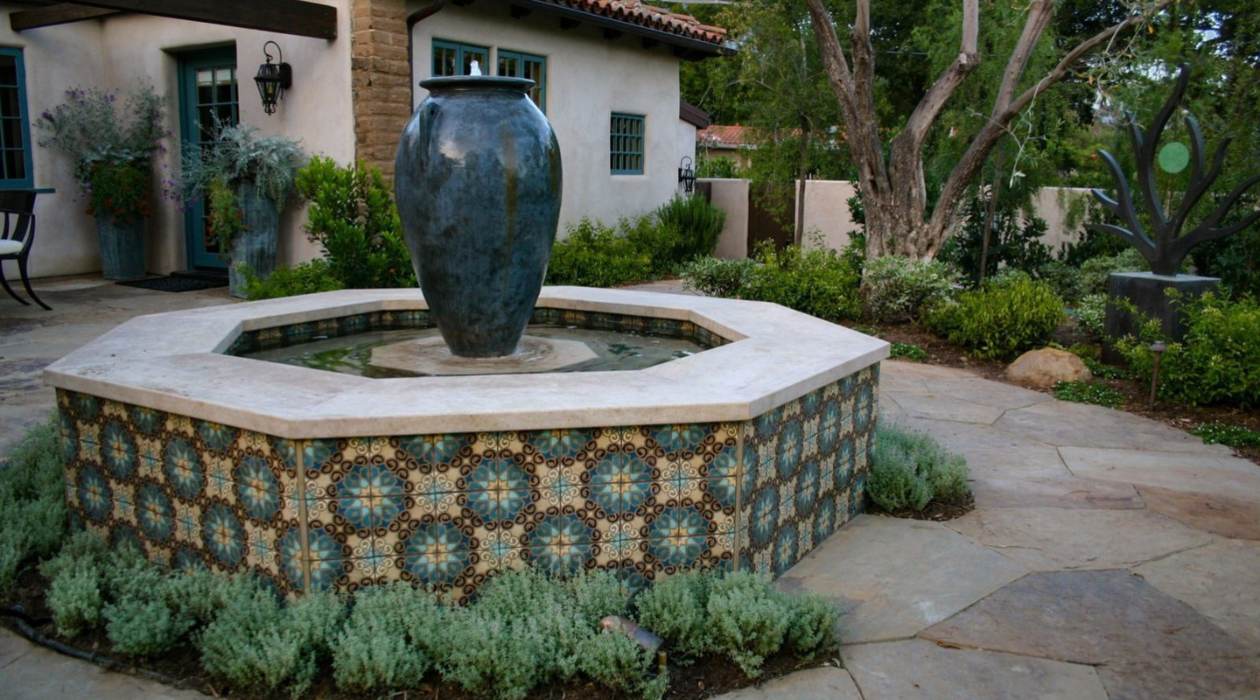
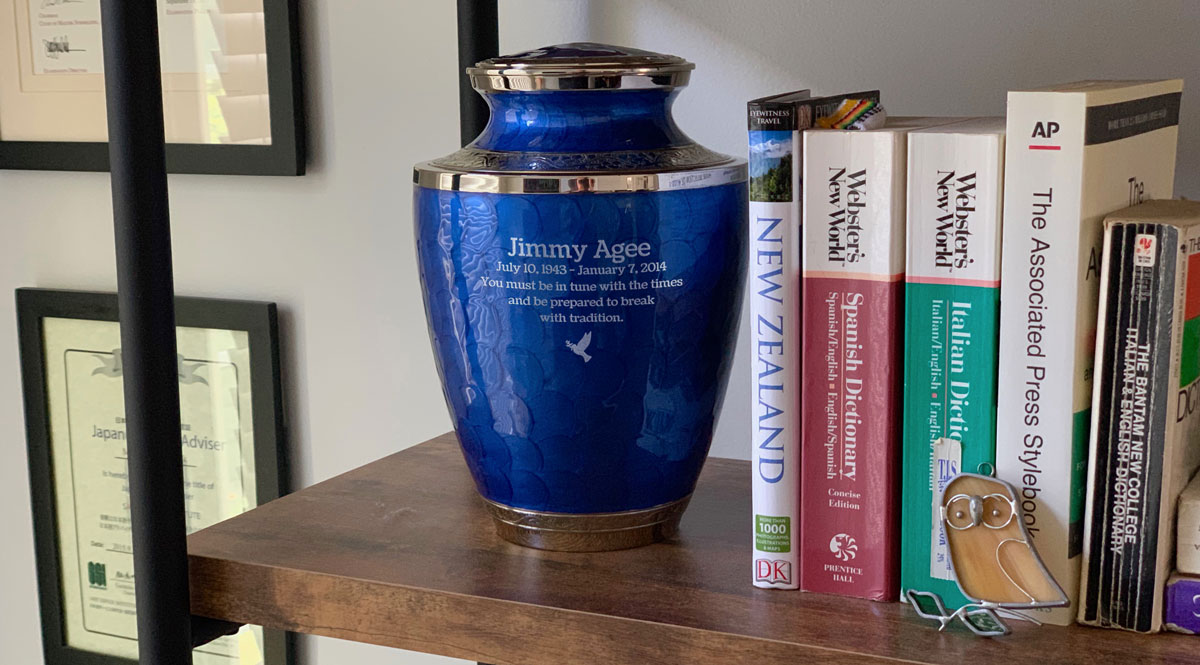
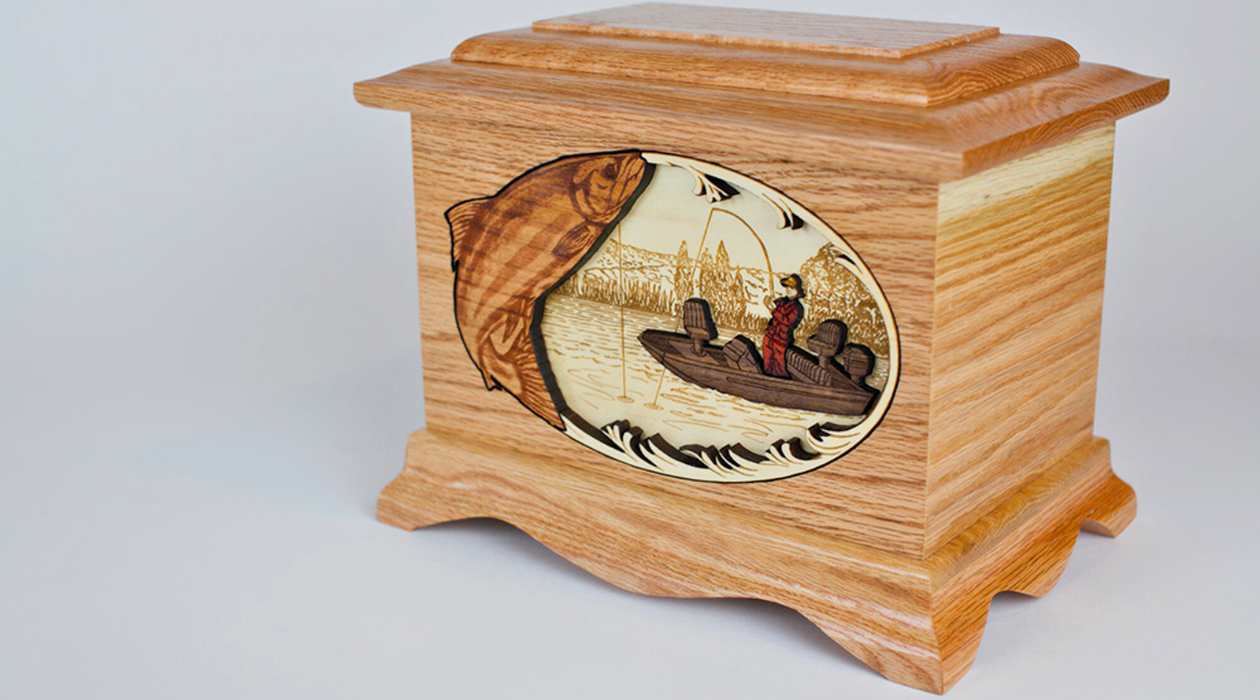
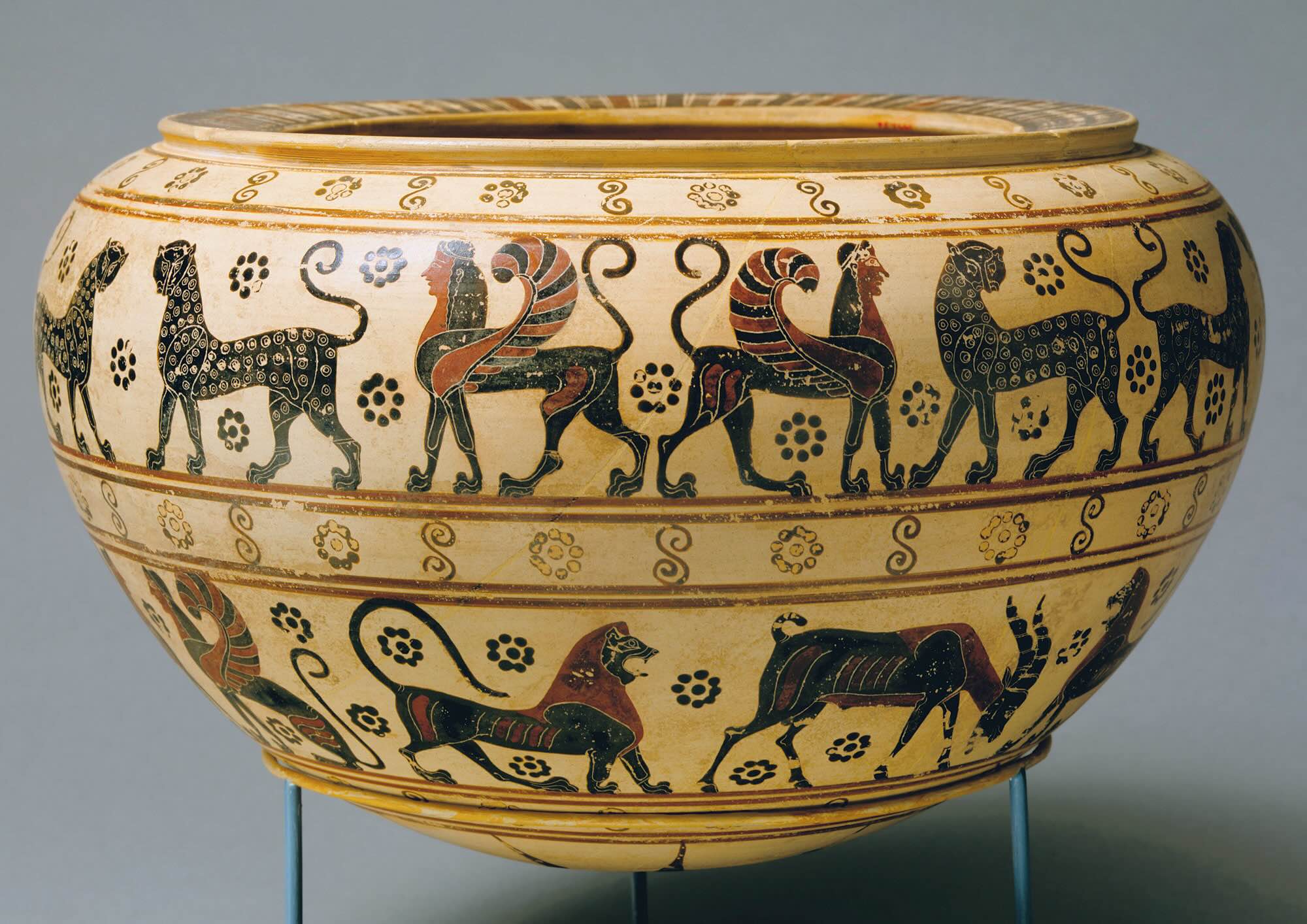
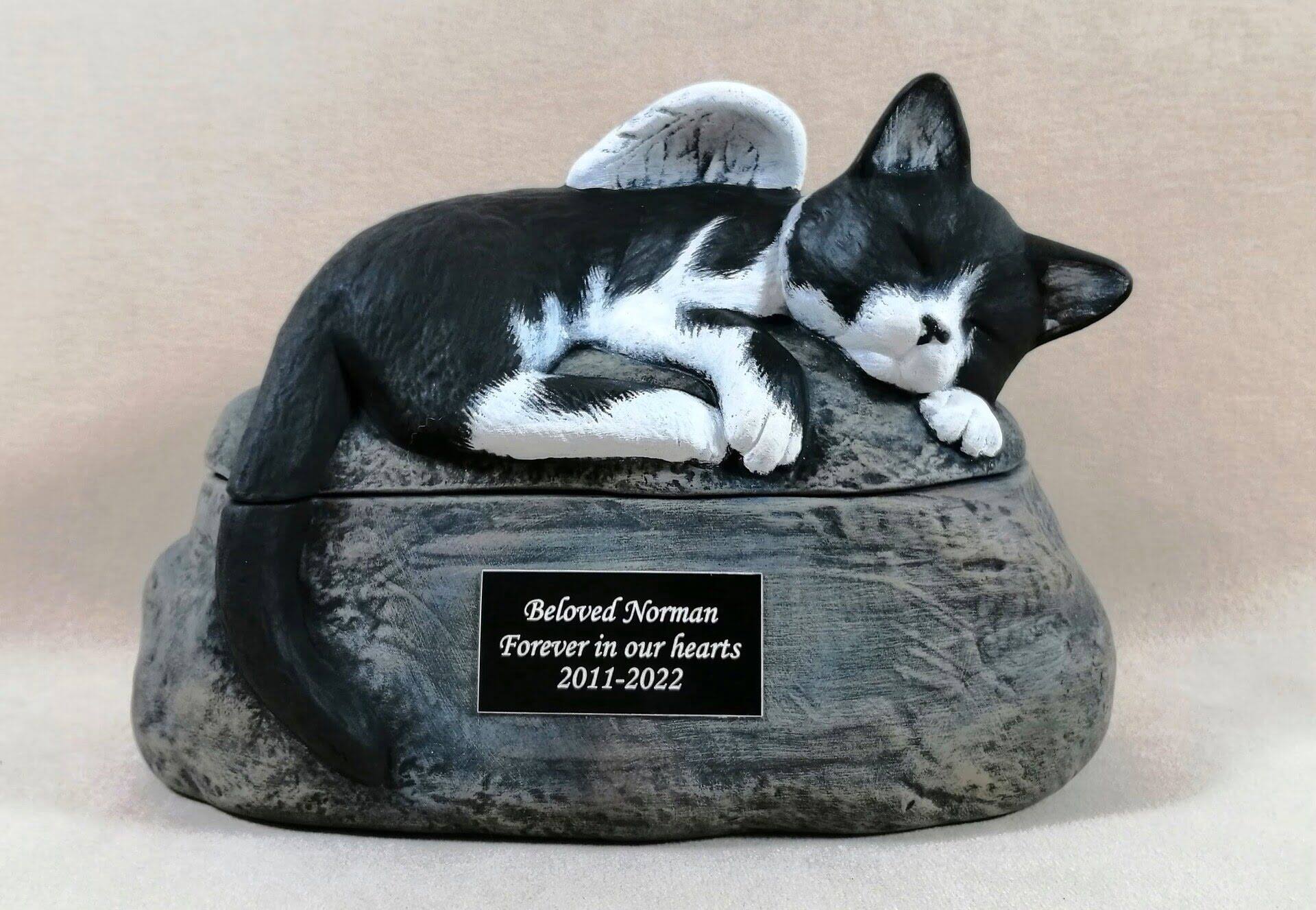
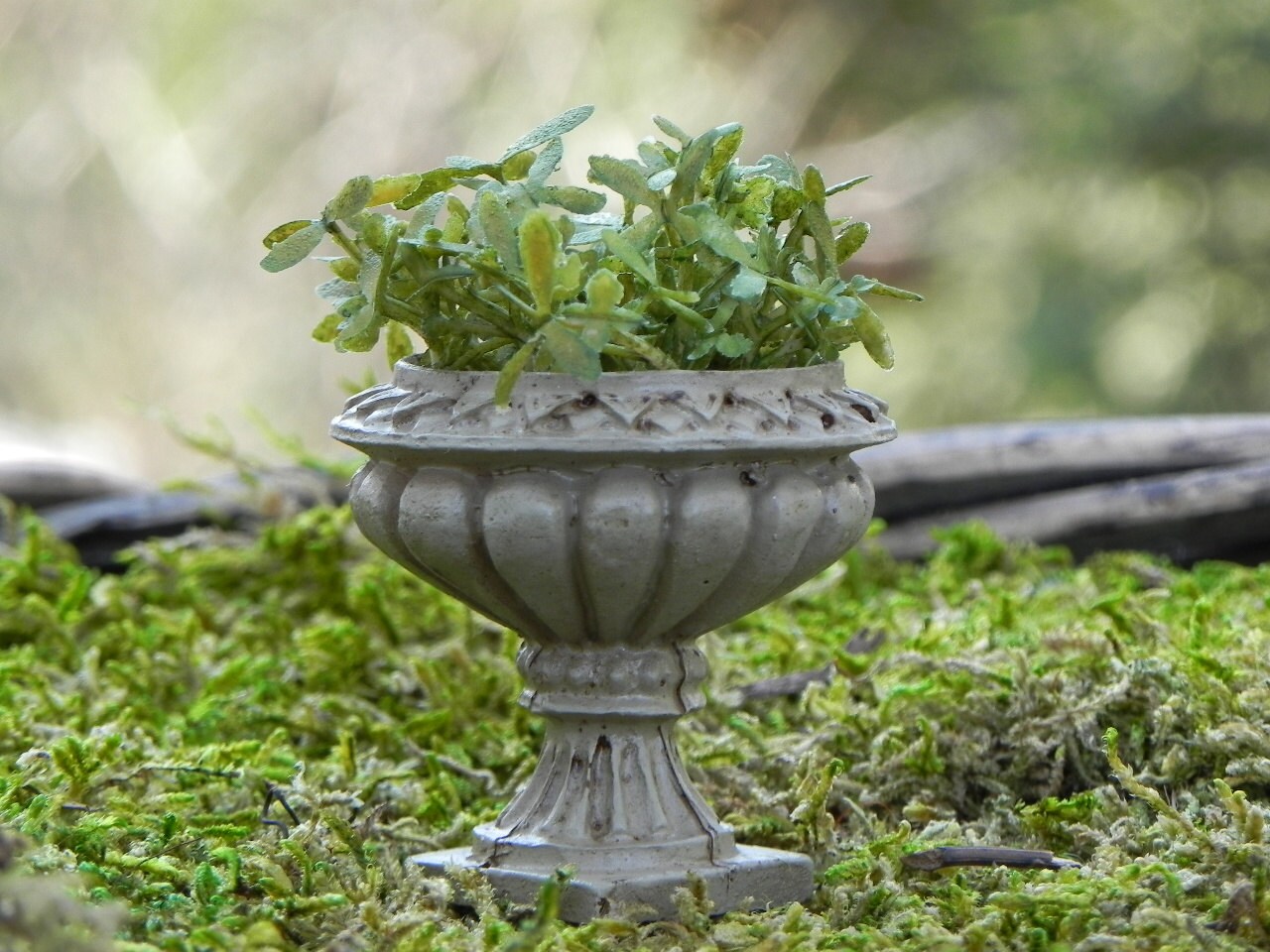
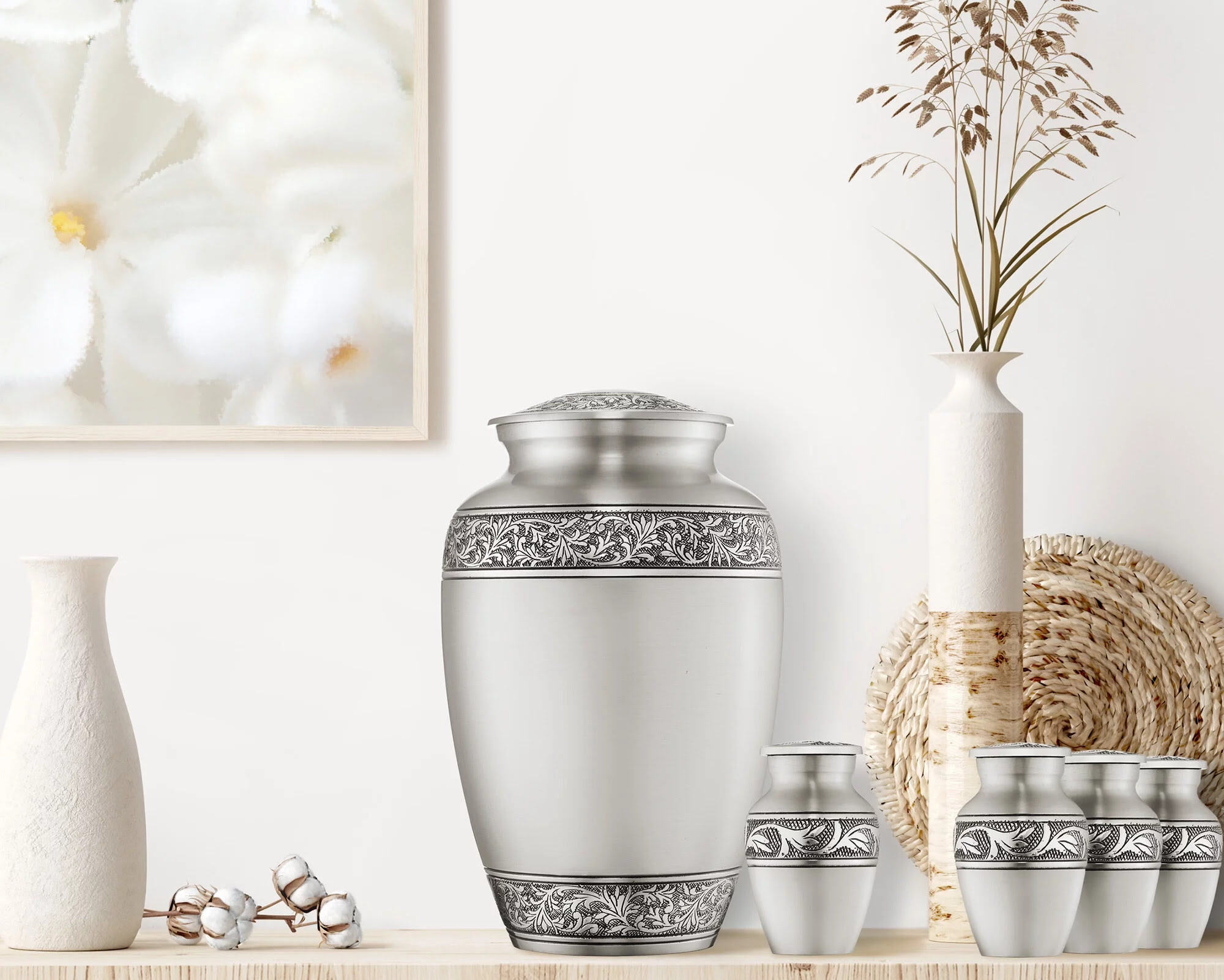
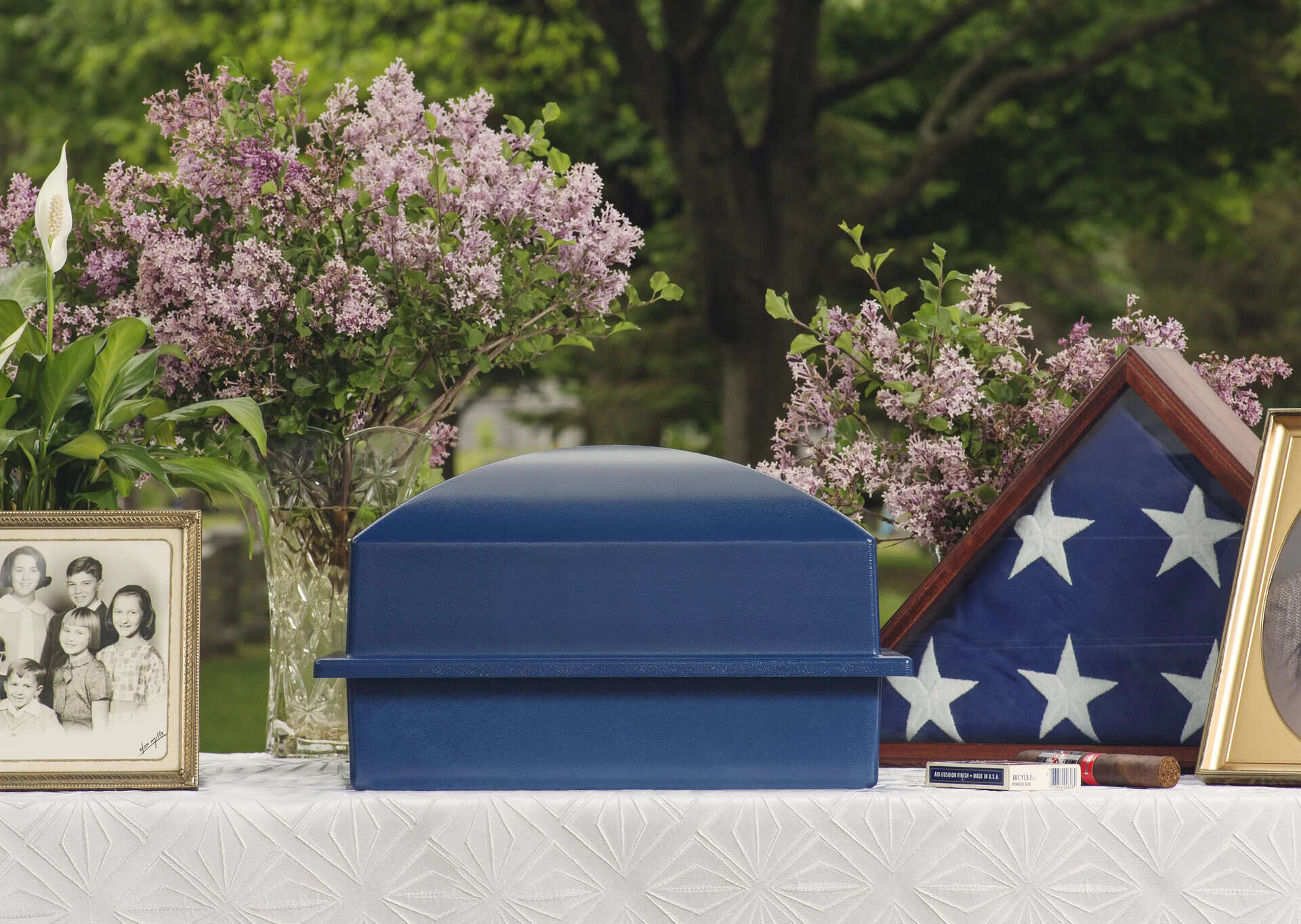

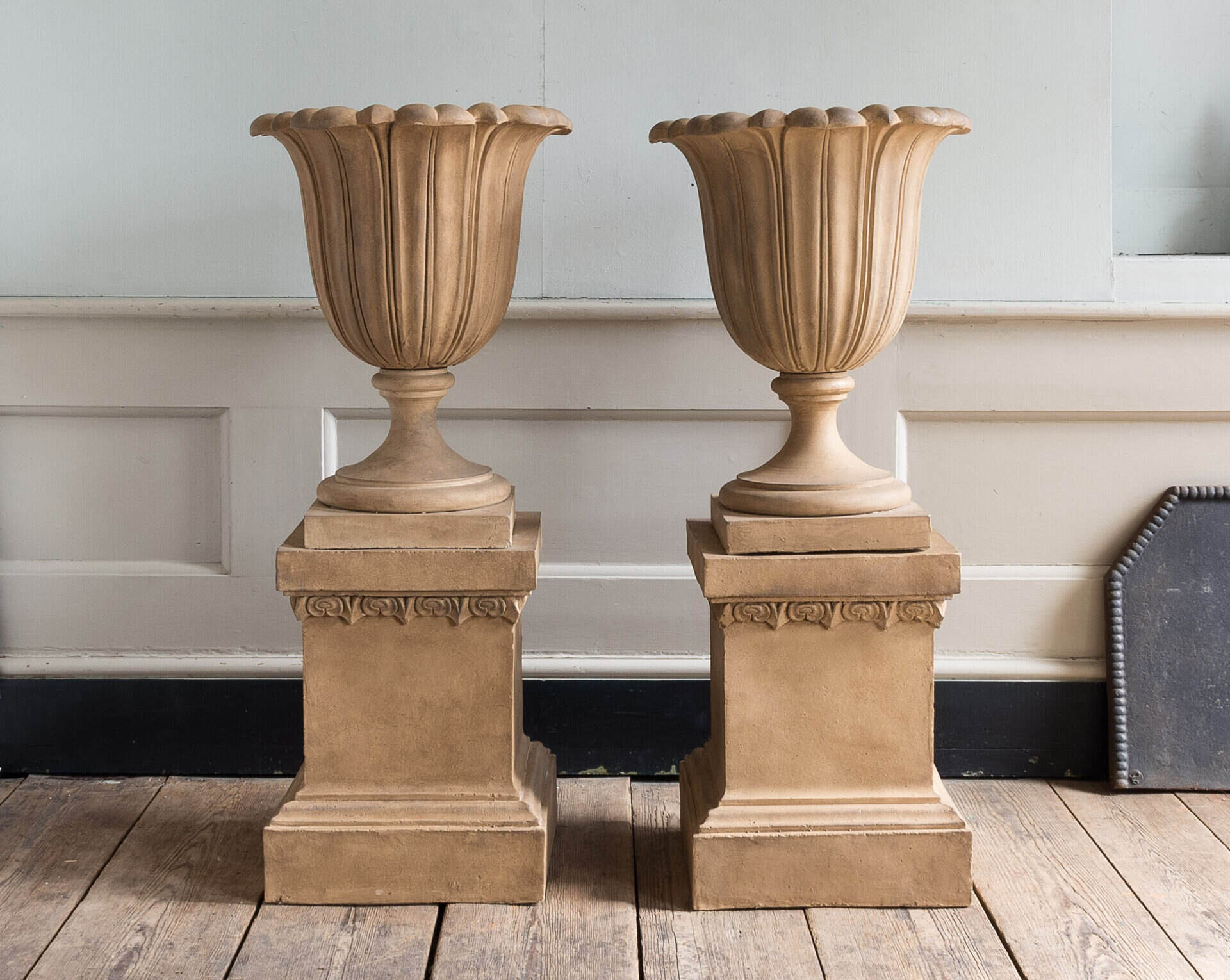
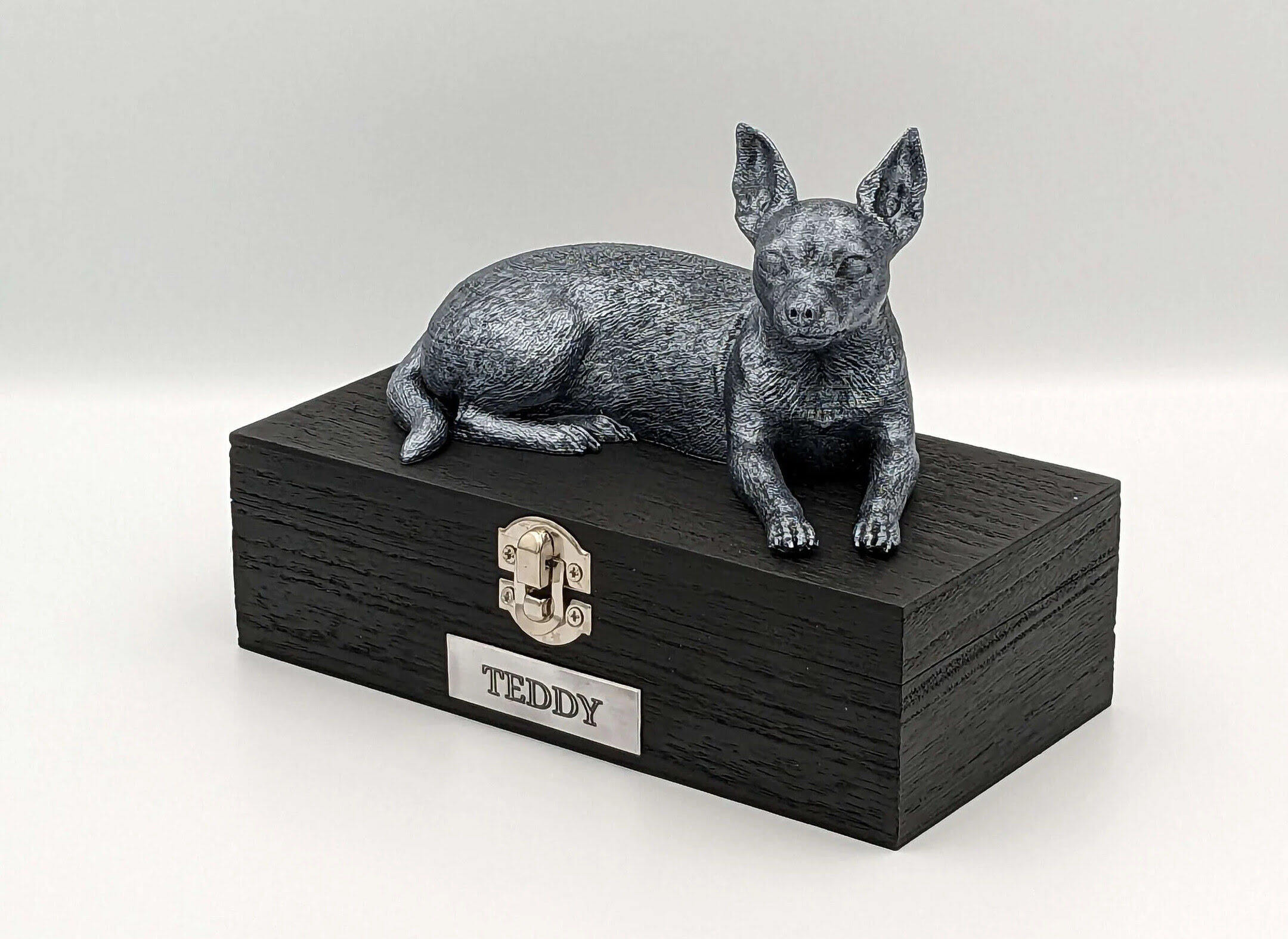
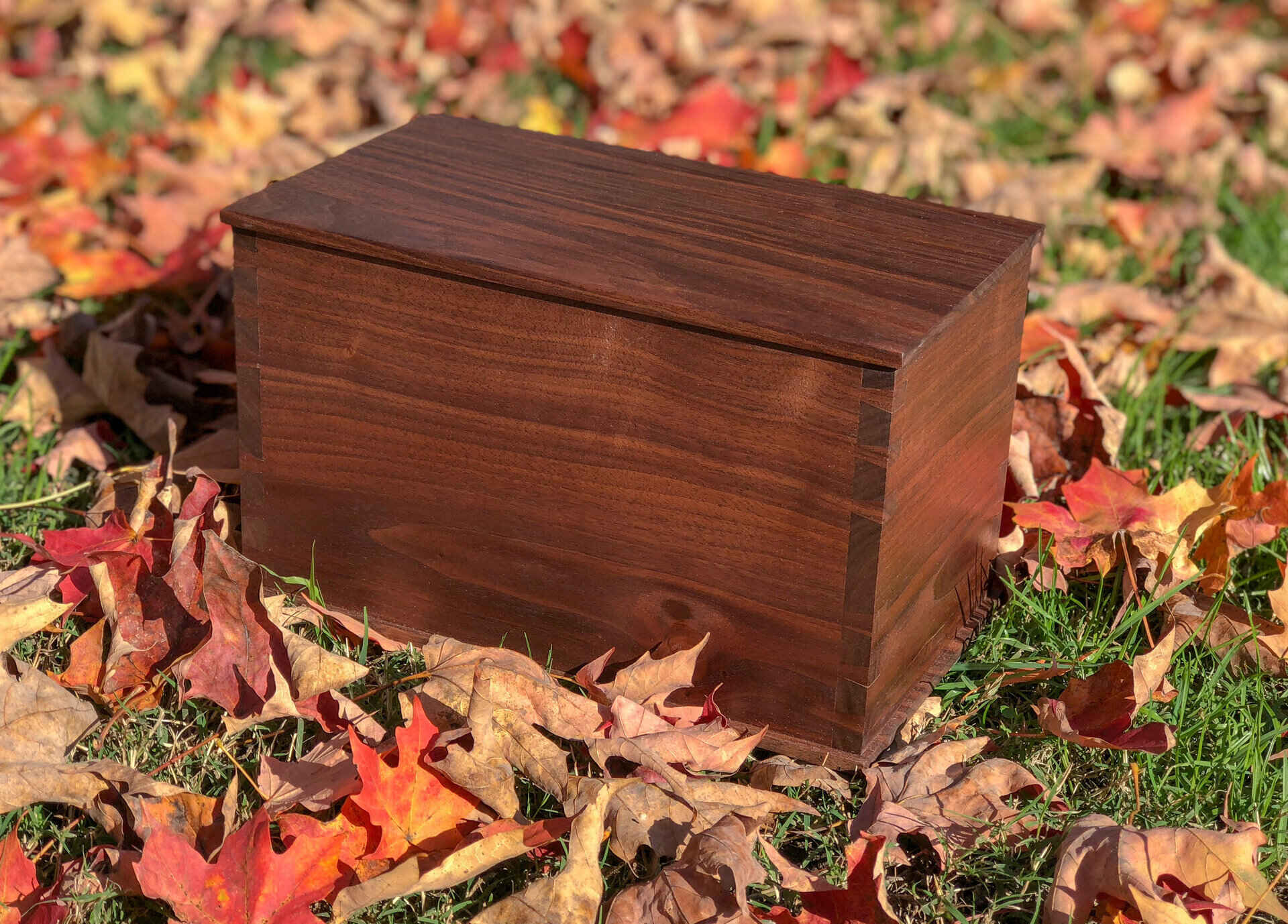
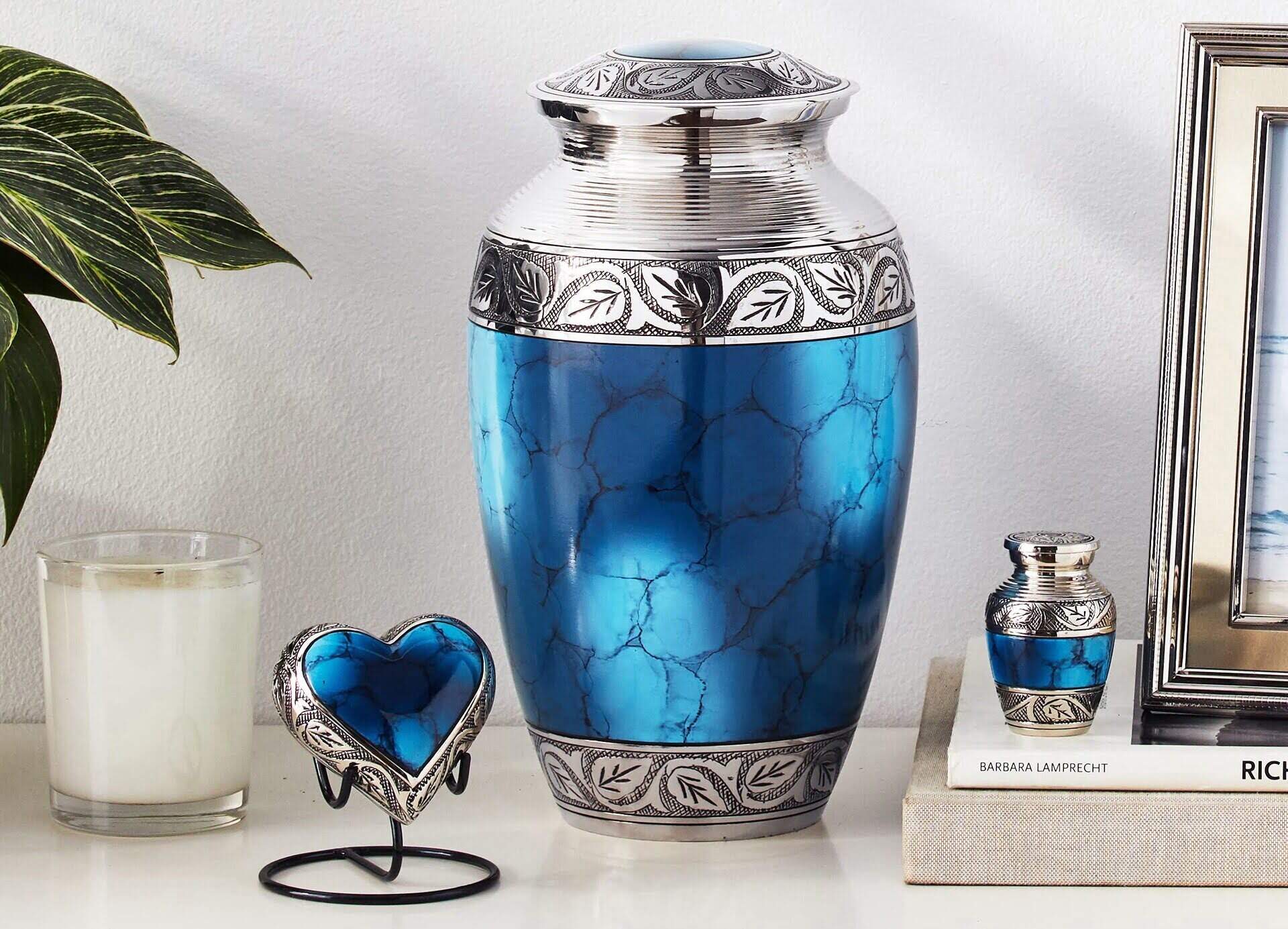
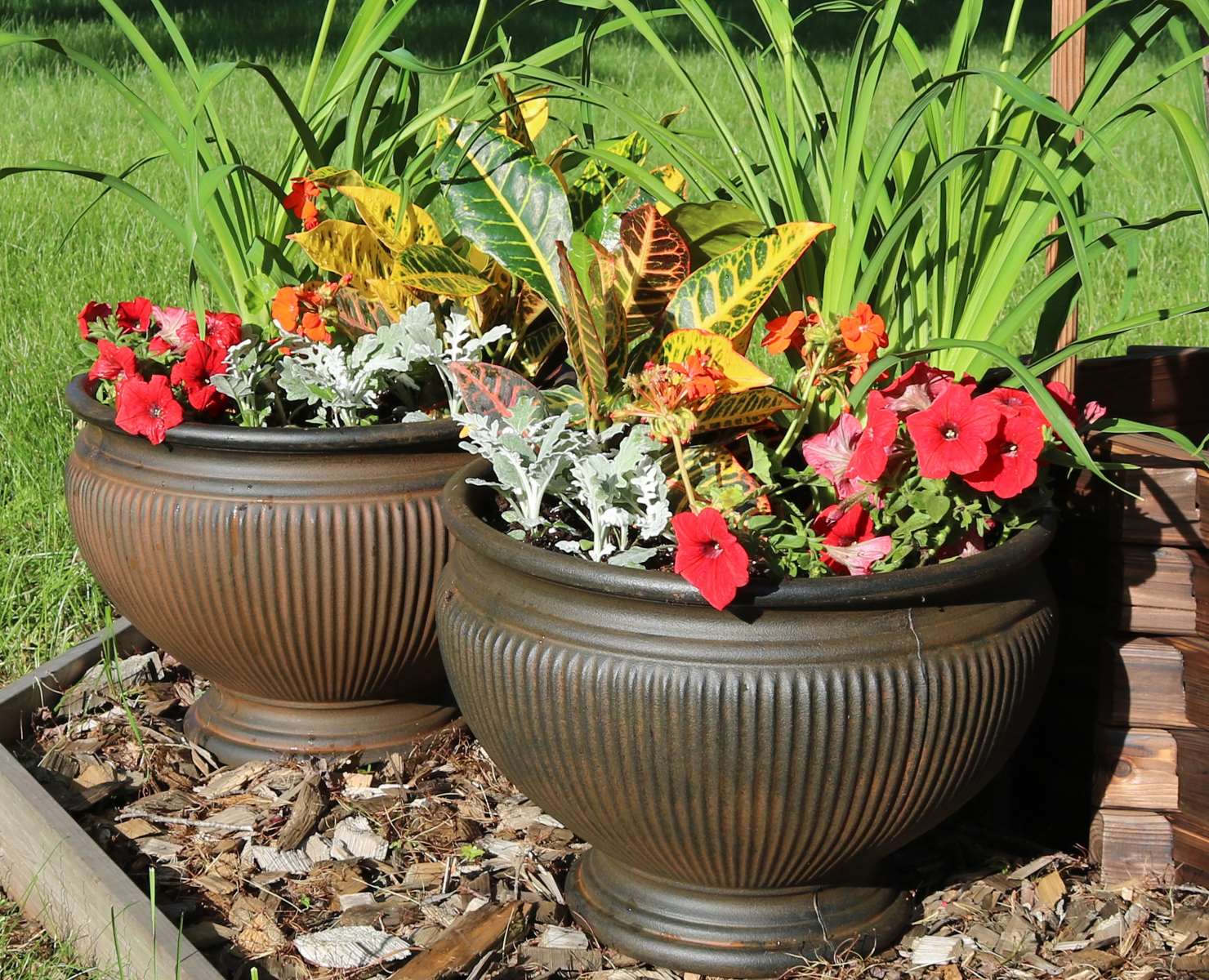

0 thoughts on “What Are Urns”